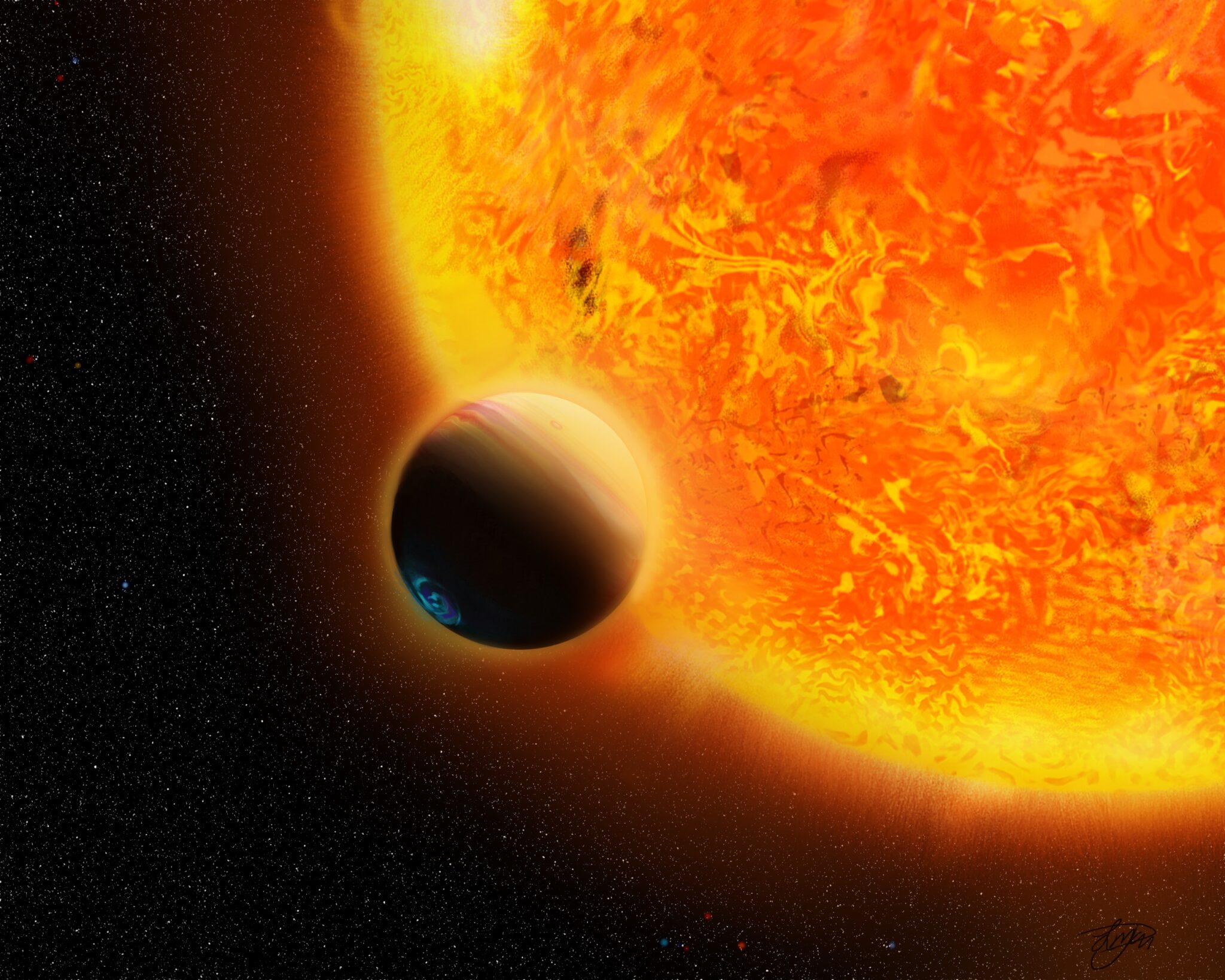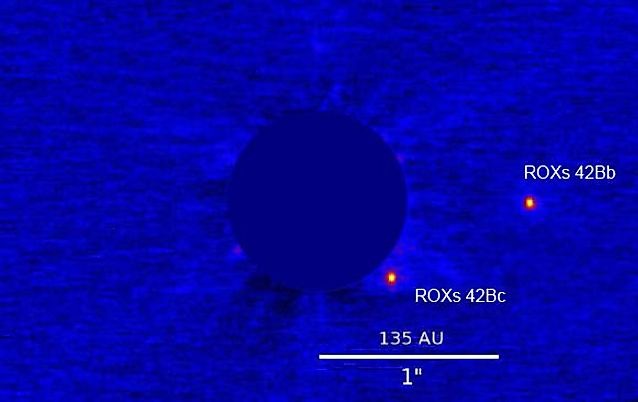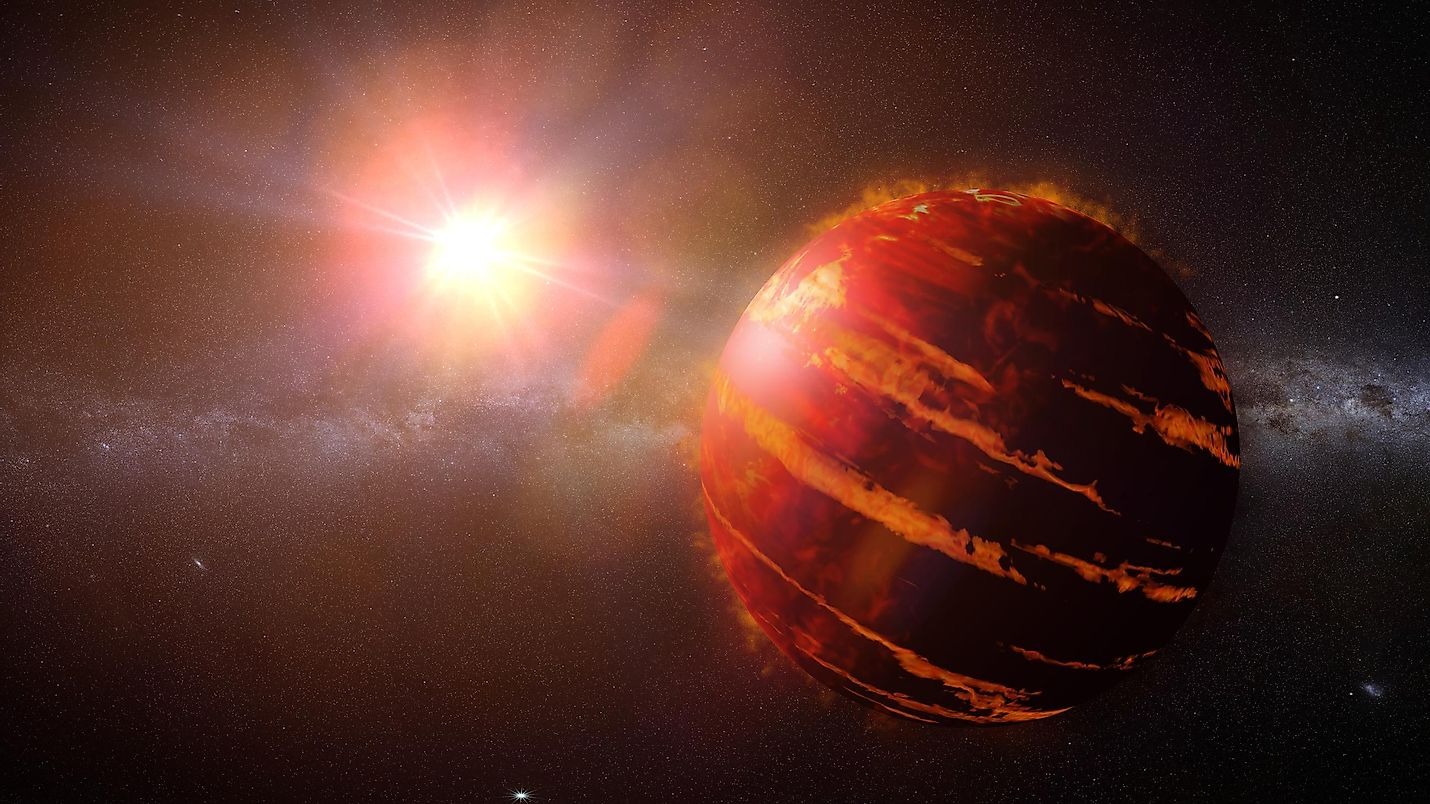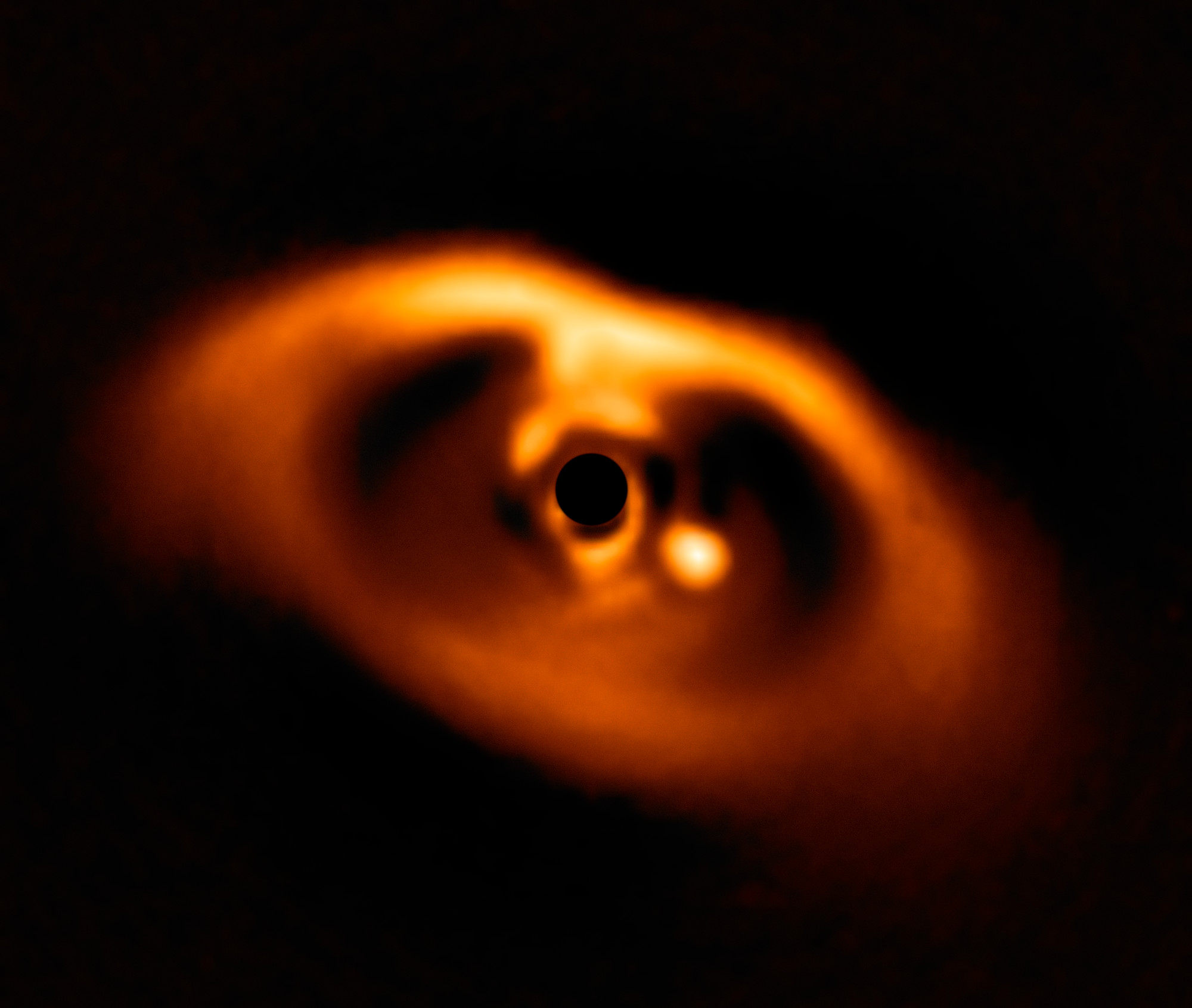The Universe is huge. It is so great that it may even be endless. Against its background, Earth looks very tiny. Our planet is small, even compared to the gas giants of our solar system. But are there planets several times larger than Jupiter? And anyway, what is the largest exoplanet known to astronomers?

The answer depends on several factors, including the definition of the term “planet”. Therefore, there are several candidates for the role of the largest planet outside the Solar System. One of these planets is ROXs 42Bb. This gas giant, discovered in 2013, orbits a star at a distance of about 460 light-years from Earth. Its mass is about 9 times that of Jupiter, and its radius is 2.5 times that of our gas giant.


However, Thayne Currie, associate professor of physics and astronomy at the University of Texas at San Antonio, believes that ROXs 42Bb is not the largest. According to the scientist, there are even larger exoplanets. For example, the protoplanet PDS 70b, which orbits the star PDS 70 in the protoplanetary disk 370 light-years from Earth, has dimensions 3–4 times larger than Jupiter. Another candidate, HAT-P-67b, has a radius twice that of Jupiter.
The uncertainty arises from the different methods of measuring the size of exoplanets and the different ways they are detected. Some objects are directly imaged, such as ROXs 42Bb and protoplanets, while others are detected by the transit method when the object crosses the star. The latter planets, like HAT-P-67 b, can be measured directly.

There is also the question of how to identify the planet. In addition to stars and planets, there is a brown dwarf object that is larger than a planet but does not reach the size of a star. This definition becomes more complicated given that the transition from a planet to a brown dwarf can occur at a higher mass than previously thought, perhaps at 25 times the mass of Jupiter. It is also important to know how massive the object is compared to its host star.
The debate about what is considered a planet is still ongoing. But they highlight important questions about the diversity of planetary systems and the possibility of objects that are significantly different from our Solar System.
According to Space
Follow us on Twitter to get the most interesting space news in time
https://twitter.com/ust_magazine


